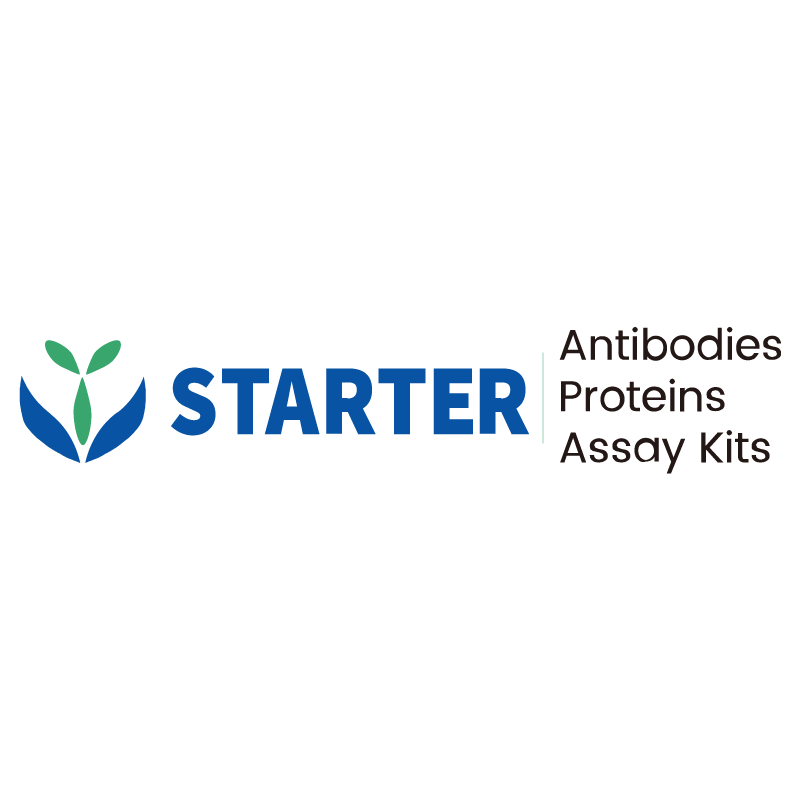Flow cytometric analysis of Mouse CD36 expression on mouse peritoneal exudates cells. Mouse peritoneal exudates cells were stained with APC Rat Anti-Mouse F4/80 Antibody and either FITC Armenian Hamster IgG Isotype Control (Left panel) or SDT FITC Armenian Hamster Anti-Mouse CD36 Antibody (Right panel) at 5μl/test. Flow cytometry and data analysis were performed using BD FACSymphony™ A1 and FlowJo™ software.
Product Details
Product Details
Product Specification
| Host | Armenian hamster |
| Antigen | Mouse CD36 |
| Synonyms | Platelet glycoprotein 4; Glycoprotein IIIb (GPIIIB); PAS IV; PAS-4; Platelet glycoprotein IV (GPIV) |
| Location | Cell membrane |
| Accession | Q08857 |
| Clone Number | S-R615 |
| Antibody Type | Recombinant mAb |
| Isotype | IgG |
| Application | FCM |
| Reactivity | Ms |
| Positive Sample | mouse peritoneal exudates cells |
| Purification | Protein G |
| Concentration | 0.2 mg/ml |
| Conjugation | FITC |
| Physical Appearance | Liquid |
| Storage Buffer | PBS, 25% Glycerol, 1% BSA, 0.3% Proclin 300 |
| Stability & Storage | 12 months from date of receipt / reconstitution, 2 to 8 °C as supplied. |
Dilution
| application | dilution | species |
| FCM | 5μl per million cells in 100μl volume | Ms |
Background
CD36 is a multifunctional transmembrane glycoprotein belonging to the class B scavenger receptor family. It is widely expressed in platelets, mononuclear phagocytes, adipocytes, hepatocytes, muscle cells, and various epithelial cells. CD36 plays a crucial role in lipid metabolism by binding and transporting long-chain fatty acids (LCFAs) and oxidized low-density lipoprotein (ox-LDL), facilitating lipid uptake and metabolism in cells. In atherosclerosis, CD36 contributes to plaque formation by promoting the transformation of macrophages into foam cells through the uptake of ox-LDL. Additionally, CD36 is involved in immune regulation, influencing inflammatory responses, platelet activation, and tumor progression. In the tumor microenvironment, high expression of CD36 is associated with tumor cell invasion, metastasis, and immune suppression. Targeting CD36 has shown potential for inhibiting tumor growth and enhancing anti-tumor immunity.
Picture
Picture
FC


